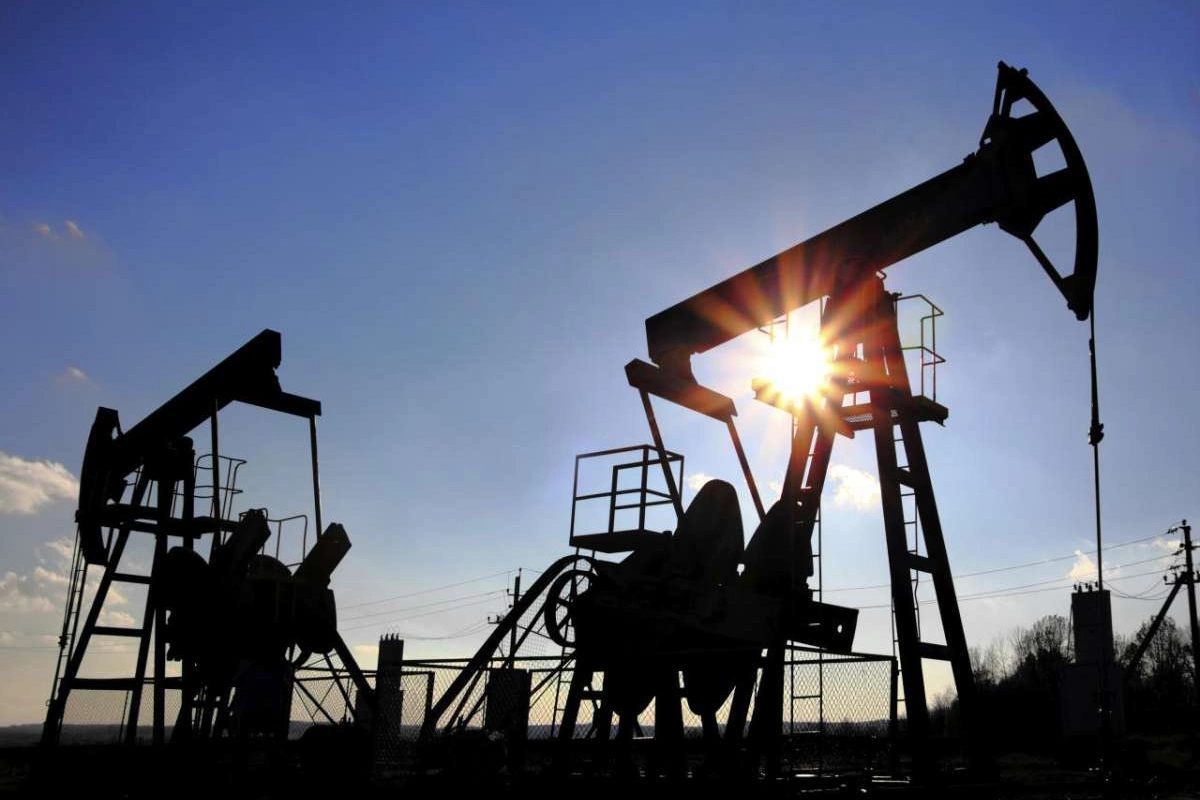
In March 2023, Türkiye and Turkmenistan signed a memorandum of understanding (MoU) that set the stage for future hydrocarbon collaboration.
As Türkiye aims to become a key hub in the international natural gas trade, its energy diplomacy with Azerbaijan and Turkmenistan is gaining momentum, particularly in the wake of Europe's search for alternative gas sources following the Russia-Ukraine war, The Caspian Post reports citing Turkish media.
Turkmenistan, holding the world’s fourth-largest natural gas reserves, stands at the heart of this partnership.
In March 2023, Türkiye and Turkmenistan signed a memorandum of understanding (MoU) that set the stage for future hydrocarbon collaboration.
This was followed by a landmark agreement between Türkiye and Azerbaijan to transport Turkmen gas via Azerbaijan and Georgia to Türkiye.
Turkish Energy Minister Alparslan Bayraktar has identified three potential routes for Turkmen gas to reach Türkiye: via Iran, an Iran-Azerbaijan swap arrangement, or through a trans-Caspian pipeline, a longer-term solution with greater capacity.
Bayraktar has emphasized that approximately 2 billion cubic meters (bcm) of Turkmen gas would be delivered to Türkiye in the first phase, with a goal of reaching 15 bcm annually over the next 20 years.
Despite these ambitions, experts caution that transporting Turkmen gas to Europe is fraught with challenges.
Julian Bowden, a senior researcher at the Oxford Institute for Energy Studies, noted that while the initial goal of 15 bcm per year is ambitious, the first volumes are expected to be much smaller, possibly starting at just 1.5-2 bcm annually through the Iran swap arrangement, with the first deliveries scheduled for 2025.
The most significant hurdle, according to Bowden, is establishing reliable and commercially viable transportation routes. "For 15 bcm per year to work, a physical trans-Caspian pipeline is essential," he said.
John Roberts of the Atlantic Council echoed this, suggesting that maximizing existing infrastructure would be more feasible than building new, large-scale pipelines.
Even with a slow start, experts agree that the flow of Turkmen gas, even in small volumes, would be a win for both Türkiye and Turkmenistan.
Danila Bochkarev, an independent gas expert, pointed out that Turkmenistan’s vast hydrocarbon resources are largely underutilized, and gas exports to Türkiye could provide a valuable alternative to existing pipelines from Iran and Russia.
“Even small volumes would strengthen Türkiye's position as a regional gas hub,” Bowden said, stressing that Turkmen gas would be a crucial addition to Türkiye's energy mix. Additionally, it could provide an alternative to the current reliance on pipeline gas from Russia and Iran.
A successful swap arrangement could pave the way for a full-scale trans-Caspian pipeline, transforming the energy landscape across the Caspian Sea, the Caucasus, and Southern Europe.
Bowden suggested that while a small-scale swap arrangement of 1-2 bcm would have minimal market impact, it could carry significant symbolic value.
Both Türkiye and Turkmenistan stand to gain from increased gas trade, even as challenges remain.
Turkmenistan, which is heavily dependent on China as its main export market, is eager to diversify its export routes.
Although Turkmenistan has long struggled to develop a pipeline to Pakistan and India, its energy collaboration with Türkiye could provide a much-needed outlet for its gas.
Roberts argued that Türkiye, with its diplomatic leverage and infrastructure capabilities, is in the best position to make this export project a reality. “If anyone can make a Turkmen export project work across the Caspian, it’s the Turkish authorities,” he said.
Ultimately, the partnership between Türkiye and Turkmenistan is about more than just gas; it’s about forging stronger economic ties and establishing a new energy corridor that could help meet Europe’s growing energy demands.
Share on social media